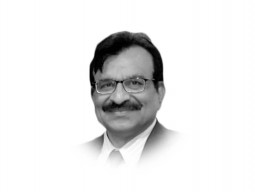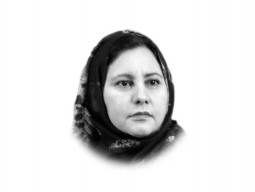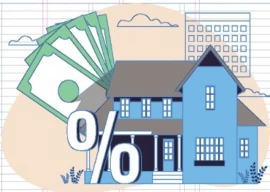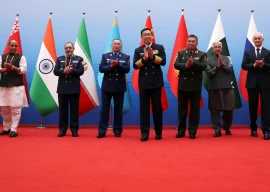
India’s rating is BBB-, which is the lowest possible investment grade. India got the rating five years ago, the poorest nation in the world ever to get an investment grade rating. In comparison, China’s is AA-, while Pakistan’s is B-, which places it in the junk bonds category.
The rating is based on economic and financial data. However, an element of analysis is included. To see how subjective this analysis can be, consider what S&P’s Joydeep Mukherji said while explaining why the firm had cut the US’s rating. This had been done, he said, because of Republican scepticism last year (during budget negotiations) that a US debt default would be particularly damaging. “This kind of rhetoric is not common among AAA sovereigns,” said Mukherji, who is incidentally also one of the two authors of the India report.
He says S&P will not downgrade India if the following happens: “modest steps” in cutting growth in spending, GDP growth of seven per cent or more, “modest progress” in reducing the fiscal deficit and “some” reforms and administrative measures.
S&P will downgrade India if the following happens: growth in spending and “lower-than-projected” GDP growth, increasing the fiscal deficit.
So far so good and this sounds reasonable. A higher fiscal deficit crowds out the private sector (because the government is also borrowing heavily) making access to capital expensive and that’s bad for business. S&P then offers a political analysis for the reasons why things are bad, and here the report begins to slip. The analysis is under the headline: “Divided leadership at the centre may be the biggest hurdle”.
S&P explains how Sonia Gandhi is the real political force and Manmohan Singh is an appointed prime minister. This division “has weakened the framework for making policy” and “has likely contributed to poor discipline and cohesion”. The problem is that there is no alternative. Real power will always remain with Sonia Gandhi because Congress is a dynastic party. But she’s not qualified to become prime minister. She’s never been to college and her main educational qualification, according to her Lok Sabha resume, is passing out of high school. S&P ought to have given an example of something that divides Manmohan and Sonia along policy, but cannot because Manmohan and Sonia have an excellent relationship. One that, in my opinion, works. She trusts him to think up high policy and execute it while she tries, sometimes failing, to give him the power to push things through.
Sonia as prime minister making policy decisions on her own, or her stepping aside to let a Congressman take full charge are both unworkable.
The critical issue is whether Manmohan believes that social spending is economically beneficial. He very strongly believes it is. I think he would have stepped down if he did not agree with the enormous spending on NREGA, the scheme guaranteeing minimum employment to all families, or Right to Education.
He has said in an interview that the major reforms have already been legislated. I think he’s right. The key to sustained growth cannot be the passing of vestigial reforms like more foreign investment in retail. An economy whose base is a very low $1,500 per capita must have an internal dynamic to grow in sustained fashion. A healthy population that has access to quality education is critical. Neither is available to India today, with more malnourished, illiterate and half-literate people than any other nation.
Manmohan is right to try and thread the needle between high social spending and a fiscal deficit on the cusp of manageability. His hope, and it can be no more than that, is that this spending produces the nourishment to make the seeds sprout. The S&P report’s analysis, prescriptions and its threats must be put in perspective in this light.
Published In The Express Tribune, June 17th, 2012.
















COMMENTS
Comments are moderated and generally will be posted if they are on-topic and not abusive.
For more information, please see our Comments FAQ